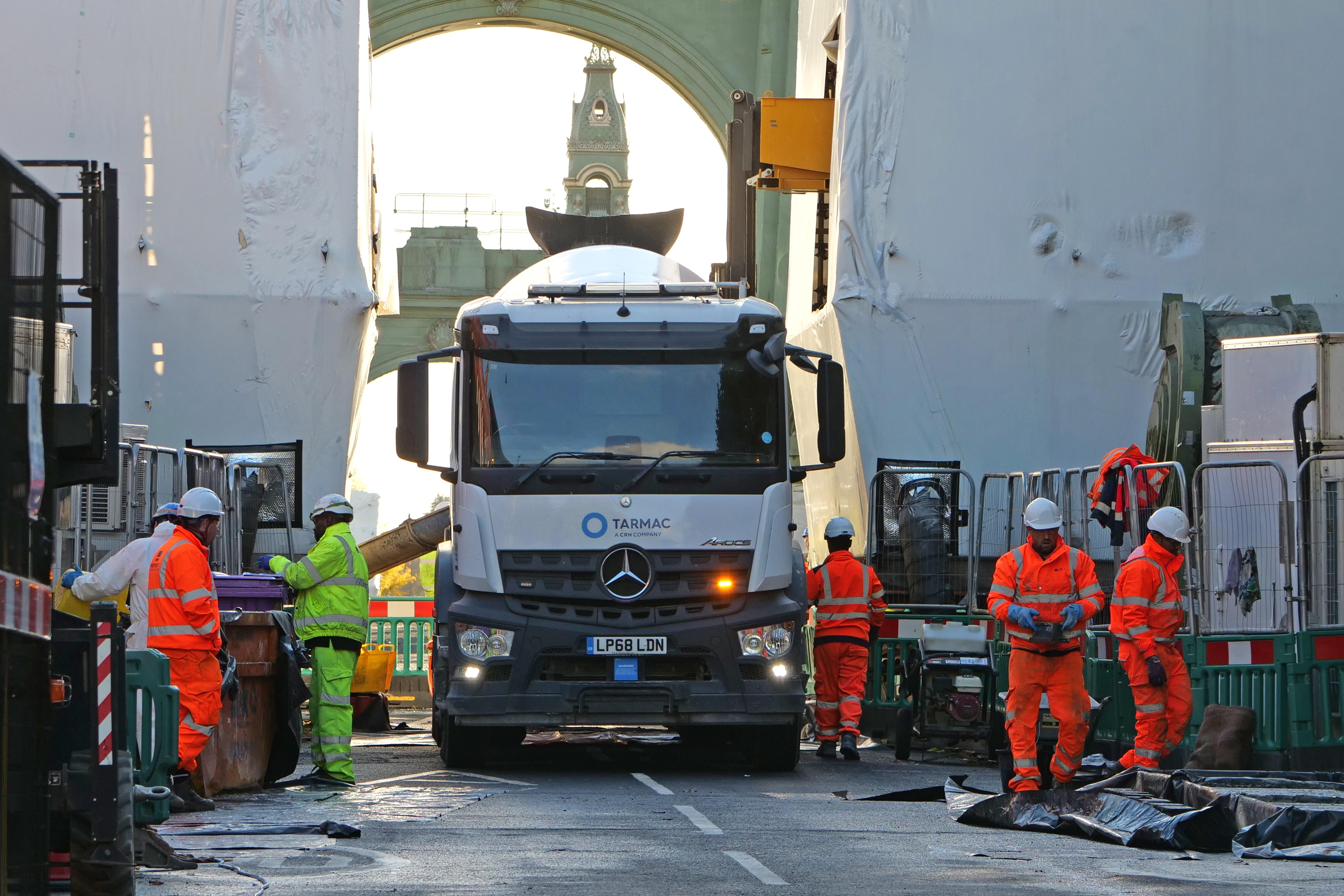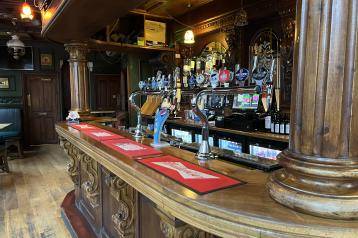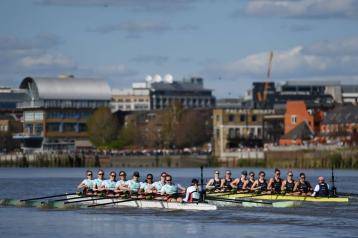
Critical work to stabilise the 135-year-old Hammersmith Bridge was successfully completed this week when engineers strengthened all four pedestals using bespoke concrete.
The bridge's team of world leading engineers had meticulously planned, trialed and designed the stabilisation programme off-site, using a replica pedestal.
And this week, with on-site work in full swing, the pedestals containing micro-fractures were reinforced with the unique concrete mix.

Customised concrete
The four cast iron pedestals, one on each corner of the bridge, bear the weight of the structure which, because of its unique engineering heritage, is one of the most expensive bridges in the country to repair.
Our engineers have maintained the historic pedestals' exterior aesthetic by pouring concrete inside their hollow centres – rather than altering the appearance of the Grade II* listed structures.
This was an unprecedented and difficult task.
Concrete normally reaches a higher temperature when it sets. However, the cast iron pedestals are vulnerable to the stresses that heat causes.
So engineers used a special low carbon material to keep the concrete's curing heat low.
The concrete also had to be able to flow strongly enough to get into the pedestals' 19th-century nooks and crannies, while maintaining its strength.
Engineers included 'super-plasticisers' into the concrete mix to ensure it flowed well, and small steel fibres made the concrete stronger.
Concrete normally has to be shaken or poked in order to 'compact' and set into the desired shape. Due to the fragility of the fractured pedestals, this was not an option.
Our engineers have instead used innovative 'self-compacting' concrete which sets with its own weight.
The concrete mix was tested on-site to ensure the correct fibre content and flowability before 40 tonnes of it was successfully poured into the pedestals to stabilise them for further works.

More on-site work coming up
The next step for the pedestals is to inject grout into the top of each and attach temporary steel plates. This will provide extra support for the pedestals.
Then, steel reinforcements will be mounted to the points, or saddles, where the bridge's chains are attached.
Our steel shipment was delayed by the Ukraine War. It has now arrived at the fabrication factory in NE England, where it is being cut welded and machined into shape.
Finally, the team will jack the saddles up and replace the corroded seized bearings.
Our world-class engineers continue to implement their innovative design, protecting the iconic landmark for future generations.
The stabilisation work has been completed with minimal possible impact on pedestrians and cyclists using the bridge, which has remained open throughout.
Earlier this month H&F agreed further plans for the full restoration of the bridge.
Photography by Jane Bain
Want to read more news stories like this? Subscribe to our weekly e-news bulletin.




